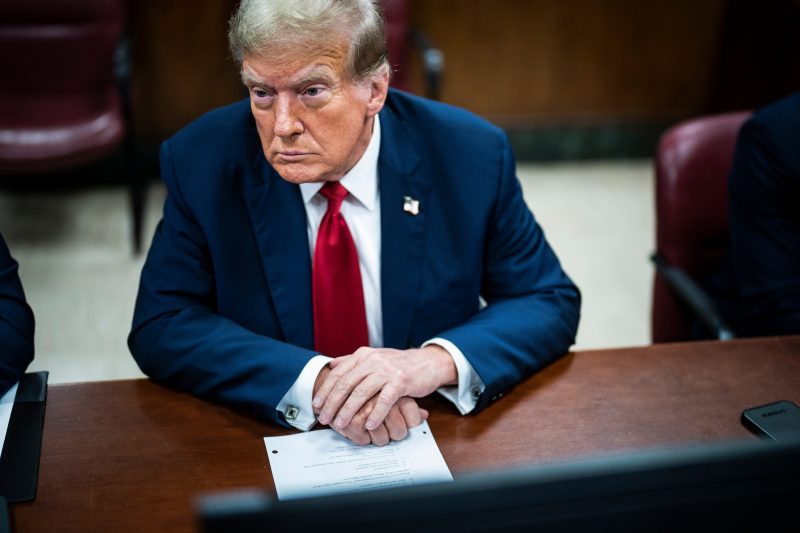In 2016, a secret pact at Trump Tower helped suppress negative stories involving then-presidential candidate Donald Trump. This clandestine agreement was intended to bury damaging information and protect Trump’s image during his campaign for the presidency. The parties involved in this covert arrangement included American Media Inc. (AMI), the publisher of the National Enquirer, as well as Trump’s personal attorney, Michael Cohen.
The essence of the pact was to catch and kill unfavorable stories about Trump by using a tactic known as negative news suppression. This practice involves securing exclusive rights to a story and then choosing not to publish it, effectively burying the information. In the case of Trump Tower, AMI acquired the rights to stories that could potentially harm Trump and then decided not to release them, shielding the candidate from potential scandals.
One notable incident that exemplifies this strategy is the story involving the former Playboy model Karen McDougal, who alleged having an affair with Trump. AMI purchased the rights to her story for $150,000, only to never publish it, thus preventing the damaging information from reaching the public eye. This pattern of catch-and-kill actions was seen as a deliberate effort to protect Trump’s reputation and boost his chances of winning the presidency.
The involvement of Michael Cohen, Trump’s longtime attorney, added another layer of secrecy to the pact. Cohen acted as a liaison between Trump and AMI, facilitating the negotiations and ensuring that damaging stories were effectively suppressed. Cohen’s role in orchestrating this arrangement further underscores the lengths to which the Trump campaign went to control the narrative surrounding the candidate.
This clandestine pact at Trump Tower sheds light on the murkier side of political campaigns and media manipulation. By silencing negative stories and controlling the flow of information, Trump and his allies were able to shape public perception and shield him from potential scandals. This practice raises questions about transparency, freedom of the press, and the ethical boundaries of media involvement in political affairs.
As the dust settled after the 2016 election, revelations about the secret pact at Trump Tower cast a shadow over the integrity of the campaign and the tactics employed to secure victory. The story serves as a cautionary tale about the power dynamics at play in modern politics and the role of media in shaping public opinion. The legacy of this clandestine agreement continues to resonate, underscoring the need for transparency, accountability, and ethical standards in political campaigns.

